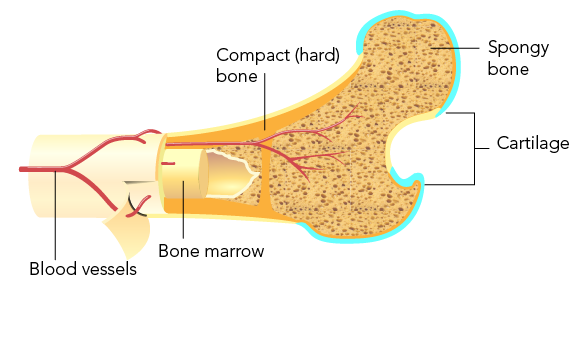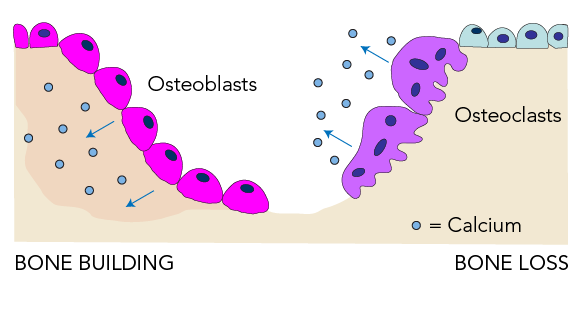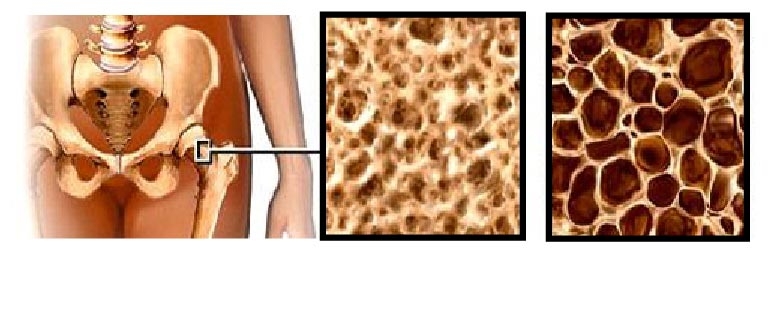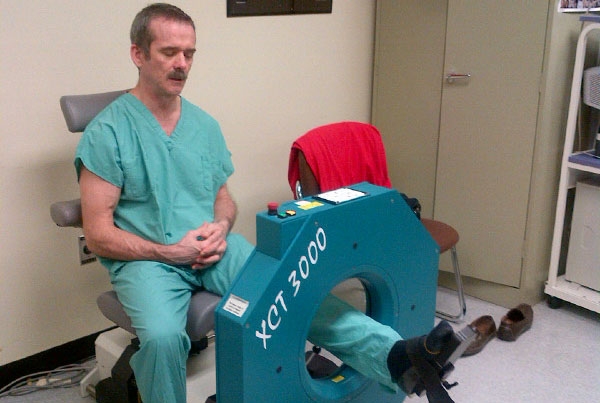Why a Trip to Outer Space Could Be Bad for Your Bones
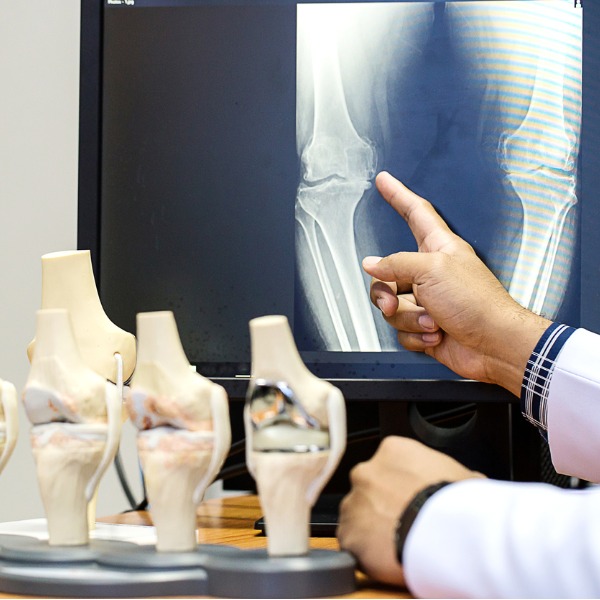
Doctor pointing to a knee x-ray (kckate16, iStockphoto)

Doctor pointing to a knee x-ray (kckate16, iStockphoto)
5.23
How does this align with my curriculum?
Curriculum Alignment
BC
5
Science Grade 5 (June 2016)
Big Idea: Multicellular organisms have organ systems that enable them to survive and interact within their environment.
BC
6
Science Grade 6 (June 2016)
Big Idea: Multicellular organisms rely on internal systems to survive, reproduce, and interact with their environment.
YT
5
Science Grade 5 (British Columbia, June 2016)
Big Idea: Multicellular organisms have organ systems that enable them to survive and interact within their environment.
YT
6
Science Grade 6 (British Columbia, June 2016)
Big Idea: Multicellular organisms rely on internal systems to survive, reproduce, and interact with their environment.
